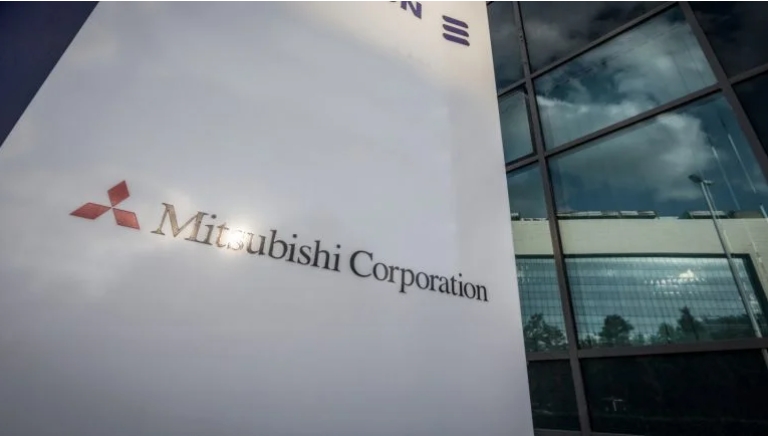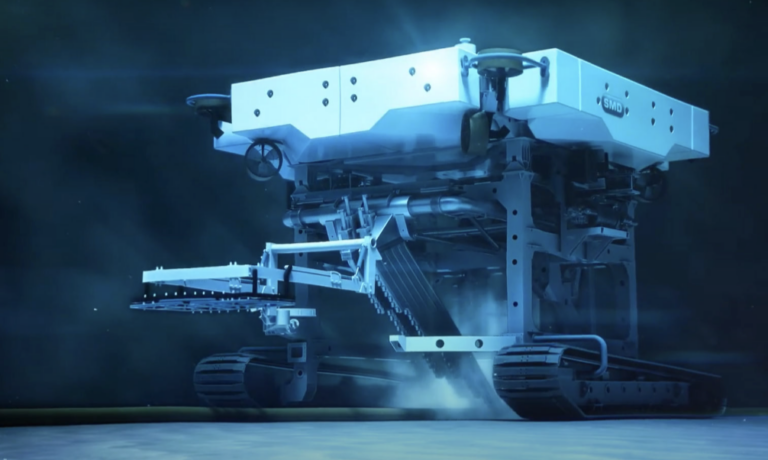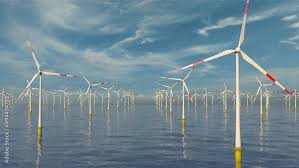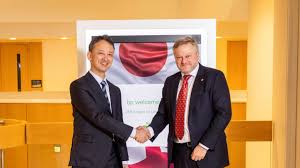
Whilst the trucks are expected to go into customer operations from the end of 2026, the final assembly will take place at Mercedes-Benz’s plant in Wörth and the fuel cells will be delivered from cellcentric’s pilot production facility in Esslingen.
H2 View understands that the liquid hydrogen-powered trucks will provide a 1,000km range, with higher energy density and weight advantages over comparable gaseous applications.
The funding was awarded via the Federal Ministry for Digital and Transport (BMDV) and the federal states of Baden-Württemberg and Rhineland-Palatinate, and it will form part of the EU’s Important Project of Common Europe Interest (IPCEI) programme.
Dr. Andre Baumann, State Secretary at the Ministry for the Environment, Climate and Energy Sector, commented, “I am pleased that this extensive IPCEI project has materialised and will drive forward the ramp-up of hydrogen also in the important sector of heavy-duty transportation.
“The federal state of Baden-Württemberg is pleased to participate in the funding of this innovative project with up to €50m ($52m),” he continued.
Daimler Truck’s CEO, Karin Rådström, added, “The approval of funding for the development and small series production of 100 fuel cell trucks is an important boost for the use of hydrogen in road freight transportation.
“This funding is therefore a strong signal not only for Daimler Truck but for the entire commercial vehicle industry.”
The truck manufacturer has begun building prototypes and five customers have already deployed these trucks on initial trials, which will take place up until next summer.
Speaking to H2 View earlier this year, INEOS Inovyn’s Dirk Dupon claimed the ongoing trials will underscore the critical need for expanded hydrogen refuelling stations across Europe.
INEOS Invoyn began customer trials using Daimler Truck’s new Mercedes Benz GenH2 truck on its logistics operations in July, delivering polyvinyl chloride (PVC) to its German customers.
Daimler Truck also stated that “for the transformation towards sustainable transportation to succeed, it will be necessary in the coming years to ensure the build-up of international refuelling infrastructure and a sufficient supply of cost-competitive green liquid hydrogen.”


